How Many Years Does It Take to Get an MBA in the Philippines?
Earning a Master of Business Administration (MBA) is a big move for professionals who want to grow their careers, build new skills, or shift into a different field. Although it offers numerous potential benefits, many professionals hesitate because of the commitment it requires. One of the most common questions prospective students ask is: How long does it take to get an MBA?
While the Asian Institute of Management (AIM) and most educational institutions estimate how many months or years it takes to complete their programs, it is understood that it may not always be followed. The time it takes for a student to complete their MBA ultimately varies depending on multiple factors, including program type, individual circumstances, and personal goals.
What is an MBA?
An MBA opens doors to advanced business knowledge and leadership development. Students dive into key areas like finance, marketing, operations, human resources, and strategic management.
Rather than focusing purely on theory, these programs center on real-world application, encouraging critical thinking and practical problem-solving. Many MBA graduates step into leadership positions across a wide variety of industries, such as banking, consulting, technology, and healthcare.
Its prestige and the networking opportunities that come with it are some of the reasons professionals pursue a Master in Business Administration. These are also what makes the effort required to complete an MBA program worth it.
How many years is an MBA in the Philippines?
There are different types of MBA programs available, each with distinct features, requirements, and durations. The student’s program choice may also affect how many years their MBA takes. Here are the most common formats and how long they can take in the Philippines:
1. Full-Time MBA
A full-time MBA is the traditional format where students immerse themselves in studies on a full-time basis. Most full-time MBA programs take two years, though some accelerated programs, like the Asian Institute of Management’s iMBA, can be finished in 12 months.
A full-time MBA operates like a regular degree, and students are expected to devote a significant amount of their time to the program. These programs are ideal for those who can take a career break to focus entirely on their education.
Example of a Full-Time MBA:
- International MBA (iMBA): This program of AIM can be completed in 12 months. It combines rigorous coursework with real-world case studies and cross-cultural collaboration, which is delivered through in-person, immersive learning.

2. Part-Time MBA
Part-time MBA programs enable professionals to continue growing their careers while pursuing an advanced degree. Classes are typically held in a hybrid setup, and scheduled in the evenings or on weekends to fit around a busy workweek.
Because students typically take fewer courses at a time, completing a part-time MBA can take anywhere between 18 months to three years. The exact timing depends on the program, how many classes a student takes each term, and how they balance study with other responsibilities.
Examples of Part-Time MBAs:
- Executive MBA (EMBA) and Online MBA (OMBA): These MBA programs are designed for professionals already holding middle to senior leadership positions in their organizations. Self-paced part-time programs may take more than two years. However, at AIM, programs typically last only 18 months and are available in hybrid (for EMBA) or fully online (for OMBA) formats, with weekend and evening classes designed to help students balance their careers with education.
Factors Affecting How Long an MBA Takes to Complete
Several factors influence how many years an MBA can be completed:
1. Program Structure and Curriculum
Each institution structures its MBA differently. Some programs offer accelerated paths, while others take longer because of internships, capstone projects, or global immersion experiences that can extend the duration. For instance, the EMBA program of AIM integrates real-world business cases and projects that enrich learning without unnecessarily prolonging the program.
2. Work and Personal Commitments
A student’s personal capacity, or the time and energy they can dedicate to their post-graduate studies, is another major factor.
Professionals juggling work, family, and other responsibilities with a part-time or online MBA may not be able to dedicate as much time to their studies, naturally extending the completion timeline. On the other hand, those who can dedicate full-time efforts to their studies can complete the same program faster.
3. Academic Background
Students who already have a strong background in business often move through some courses with ease, which can help them finish sooner. On the other hand, those less familiar with business concepts may need extra time to get up to speed.

4. Course Load Per Term
The number of courses a student takes per term directly impacts program length. Some students may choose a lighter load to balance other commitments, which means they may take longer to complete all the required credits, while others may opt for heavier loads to graduate sooner.
Earn Your MBA in Your Timeline
How long an MBA takes to complete depends on your chosen program, time and effort committed, and resources. It can take anywhere between 12 months to a few years.
At the Asian Institute of Management, we recognize the diverse needs of today’s business leaders. Our Master in Business Administration programs are designed to provide world-class education that fits your schedule while preparing you for leadership in an evolving global marketplace.
If you are ready to take the next step in your career, explore the School of Business and Management of AIM today and begin your journey toward transformative leadership. Inquire now.


